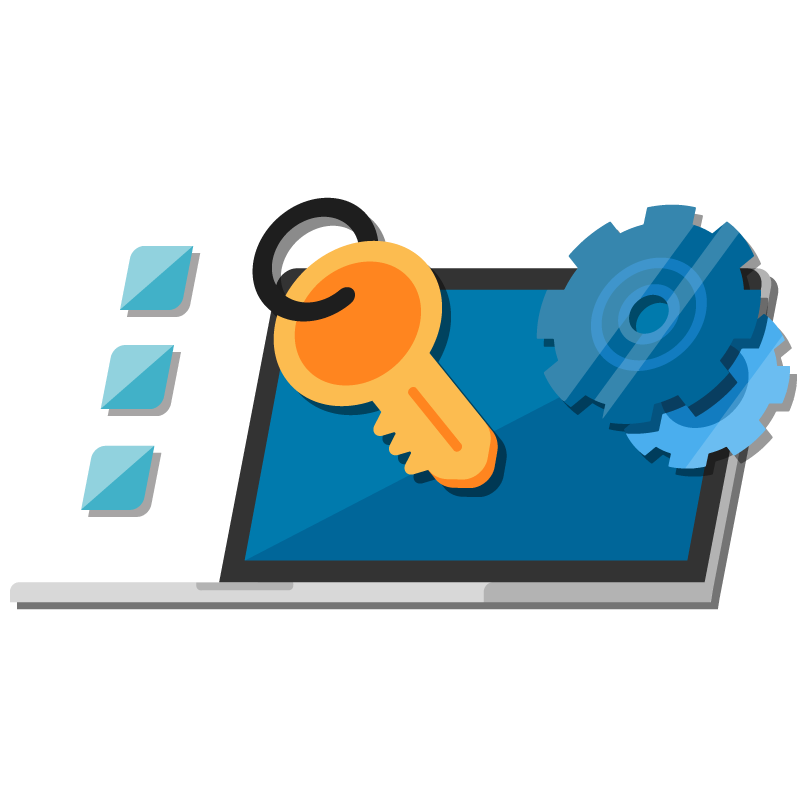ERP’s Defining Characteristics, and Why Your Business Can’t Live Without Them
Defining enterprise resource planning (ERP) isn’t an easy task anymore. Gartner, which coined the term in 1990, defines it as “the ability to deliver an integrated suite of business applications.”
It wasn’t always this way, but as technology has evolved, so too has the ERP landscape. With the rise of postmodern ERP deployment and a shift toward third-party integration, the future of ERP as we know it hangs in the balance.
How can businesses navigate an increasingly complex and hard-to-define ERP software market? The ugly truth is that it’s complicated. But while ERP software might look different today than it did a decade ago, there are some defining characteristics that make this market unique. That’s where this article comes in.
Common ERP modules and functions
Modern ERP software encompasses a range of processes across the departmental spectrum. Here are the most common functions found in today’s ERP systems:
Financial management. Also known as accounting, the financial management component records, processes, and organizes transactions within modules such as general ledger, accounts payable, accounts receivable, and fixed-asset tracking.
HR management. ERP software can automate core HR functions such as personnel tracking and benefits administration, as well as more strategic processes such as recruiting, employee evaluation, and training.
Inventory/supply chain management. These functions support the planning and execution of supply chain transactions to optimize inventory levels and meet customer demand, from the acquisition of raw materials to production and delivery.
Manufacturing resource planning (MRP). Using ERP’s manufacturing planning functionality helps to efficiently plan production based on materials, labor, and machinery.
Customer relationship management (CRM). Basic CRM functionality includes sales- and client-related processes such as managing contacts, leads, and cases.
Project management. Through their ERP system, businesses can manage projects independently so users can create plans, schedules, resource assignments, budgets, estimates, and more.
There’s a reason these modules are commonly found in ERP software: They are the foundation upon which most successful businesses operate. By streamlining these processes in one all-encompassing system, ERP software can provide organizations with a single data source, eliminating costly bottlenecks and boosting operational efficiency. Not only is this the software’s foremost benefit—it’s the reason it exists in the first place.
Thinking of ERP as a concept
ERP software dates back to the ’60s and ’70s, when manufacturing systems expanded their functionality to include core business applications such as accounting and human resources (HR). Vendors packaged and sold these all-in-one suites as a single commodity, leaving little room to customize solutions to the needs of the organization using it.
Fast forward to the early 2010s, when technology evolved to allow communication between different pieces of software, giving businesses the ability to build their own ERP system with best-of-breed solutions from the vendors of their choosing. Today, virtually any piece of software with integration capabilities can become an ERP system. This flexibility helps to relieve businesses of unnecessary costs and features, which use up valuable processing power and drag down the efficiency of the system.
New developments and features in ERP systems
As much as any software type, ERP leverages new and emerging technologies to increase operational efficiency. This has paved the way for features such as:
Third-party integration. The hallmark of postmodern ERP deployment, integration helps businesses incorporate industry-specific applications from third-party vendors into their day-to-day and tailor their system to the needs of the organization.
Cloud-based deployment options. In the last decade or so, ERP vendors have begun offering an alternative to on-premise deployment: a cloud-based option hosted on the vendor’s servers and accessed through any approved device with internet access.
Data collection and analysis. As home to virtually all your business data, ERP software can use artificial intelligence (AI) and predictive analytics to analyze performance, project future outcomes, and inform business decisions.
Workflow automation. A revolutionary efficiency boost, ERP systems can automate repetitive tasks, create workflows that trigger processes, and send notifications to users or payment reminders to clients.
These developments represent an unprecedented leap forward for the ERP market. Businesses that implement the tech-driven functionality above will experience significant increases in efficiency and insight into their organizational processes. Those that do not implement them not only risk falling behind their competition—the long-term health of the organization could be at stake as well.
To compete in the 21st-century economy, implementation of these tools is imperative. Talk to your current or prospective vendors about whether they currently leverage such technologies and how they plan to utilize them in the future.
3 top-rated ERP systems
Sure, all of these features sound great in theory. But what do they look like in practice?
To give you an idea of how ERP software leverages the functionality listed above, we analyzed more than 800 Software Advice reviews from the last year to uncover the top three most highly rated systems (with a minimum of 15 reviews).
Download the PDF below to see the results.

3 Top-Rated ERP Systems
We analyzed user reviews to uncover the top three most highly rated systems.